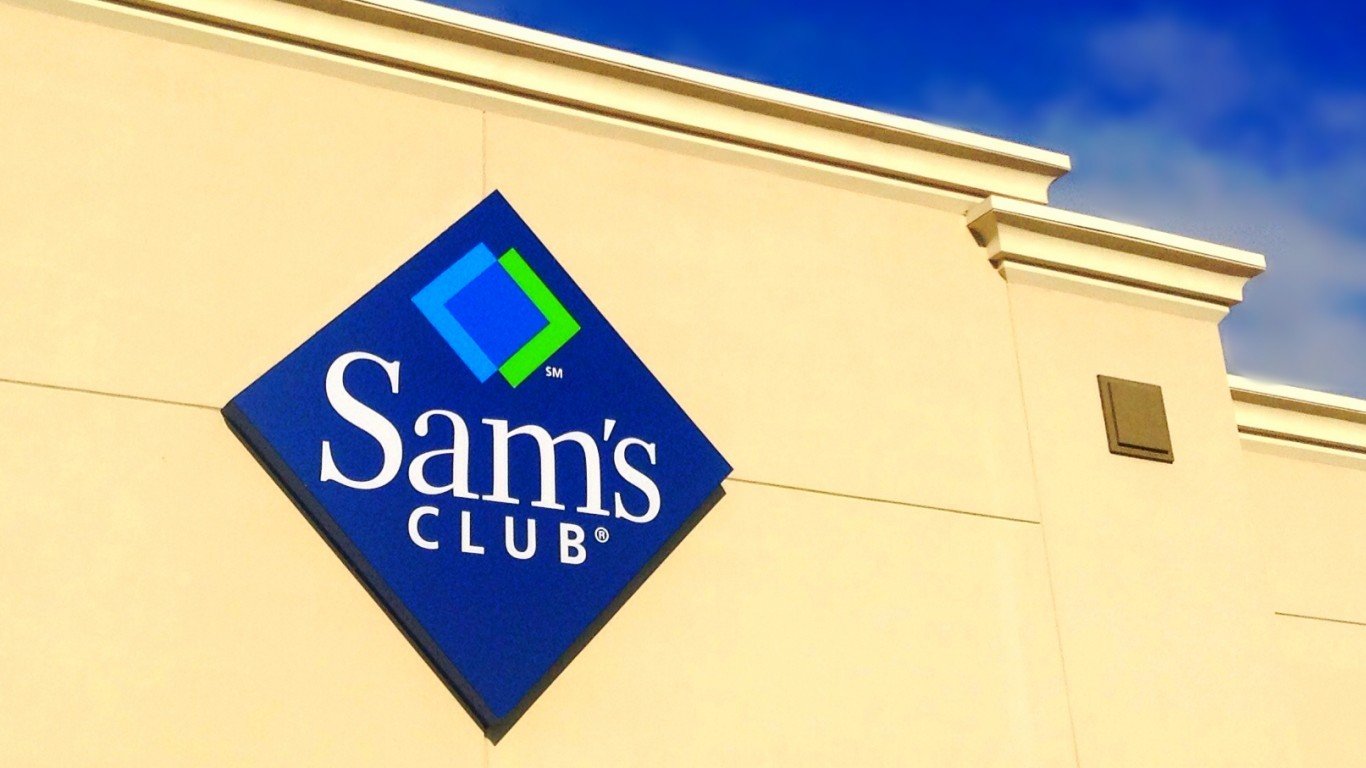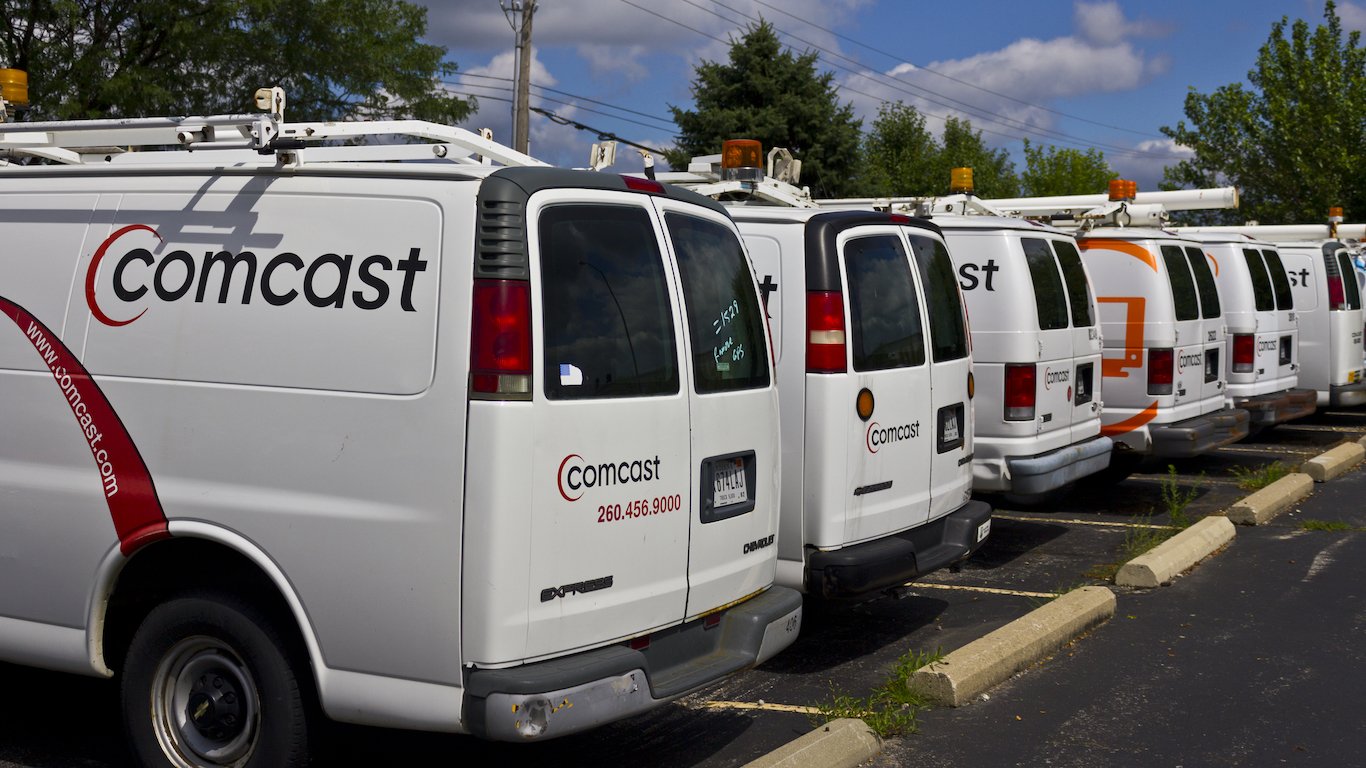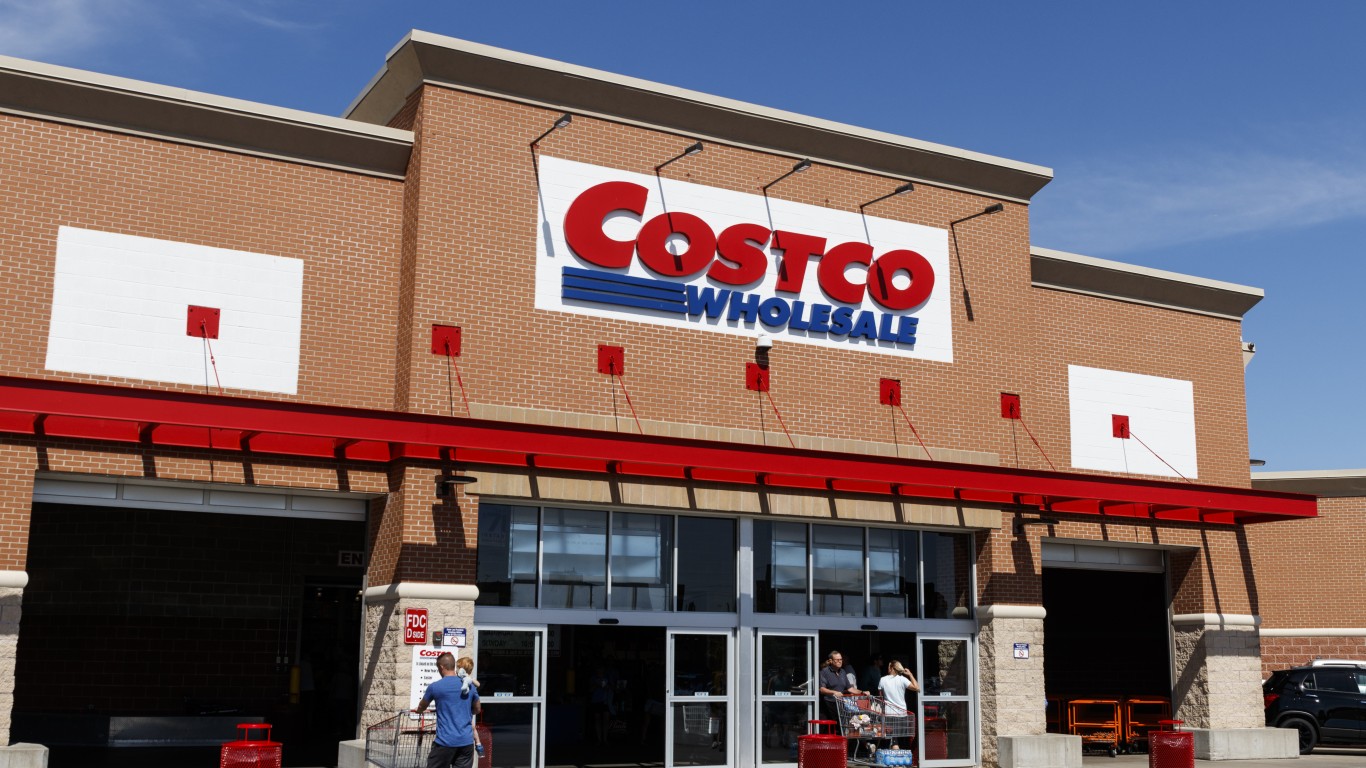

While it may be obvious that the first word in the name Sam’s Club comes from Walmart Inc. (NYSE: WMT) founder Sam Walton, why a “Club” and not a “Wholesale” or “Discount Store”? Probably because Sam Walton had decided to compete against the established leader in low-priced, members-only retail warehouse stores, Price Club.
Price Club was named after its founder, Sol Price, and opened its first store in San Diego in 1976, just a few years after Sam Walton had first listed Wal-Mart (as its name was then spelled) on the New York Stock Exchange. Price walked Walton through one of his Price Club stores in the early 1980s, and in 1983, Walton opened his company’s first Sam’s Wholesale Club store in Oklahoma City.
Walmart dropped “Wholesale” from the store’s name in 1990. The name change was not entirely voluntary. A North Carolina judge that year had ruled that Walmart was not eligible to use “wholesale” in the name because state law required that 50% of goods intended to be sold by a wholesaler must be sold to customers who resold the goods.
Sam’s Wholesale Club sold only between 11% and 15% of its goods to such customers and rather than keep “Wholesale” in the name everywhere but North Carolina, Walton decided to drop the word everywhere.
Also in 1990, Walmart acquired a midwestern chain called the Wholesale Club that also adopted the Sam’s Club name, as did some 99 Pace Membership Warehouse stores acquired by Walmart in 1993 from Kmart. Presumably, neither of these chains had stores in North Carolina.
When Walmart opened its first Sam’s Club store in 1983, Costco opened its first warehouse store in Seattle, and in 1993 it acquired Price Club, the same year Walmart acquired its Pace stores.
A third surviving competitor, BJ’s Wholesale Club, was started in 1984 by Massachusetts discount department store Zayre. The store is named for Beverly Jean Weich, the daughter of the company’s first president, Mervyn Weich (who was not the founder of the now-defunct Mervyn’s department stores).
Walmart now operates 598 Sam’s Club stores in the United States. Costco operates 558 U.S. stores and BJ’s has 218 stores and 145 gas stations, mostly in the eastern United States. Over the past 20 years, Sam’s Club has added about 150 stores, while Costco has added more than 200 and BJ’s has opened more than 100 new stores.
In the third quarter of Walmart’s 2021 fiscal year (ended in January), Sam’s Club stores accounted for 11.7% of the company’s revenue and about 7% of Walmart’s operating profit. When the company reports fourth-quarter results next week, analysts expect to see earnings per share of $1.50, a year-over-year increase of 8%, and revenue of $148 billion, up 4.5% year over year.
Sponsored: Attention Savvy Investors: Speak to 3 Financial Experts – FREE
Ever wanted an extra set of eyes on an investment you’re considering? Now you can speak with up to 3 financial experts in your area for FREE. By simply
clicking here you can begin to match with financial professionals who can help guide you through the financial decisions you’re making. And the best part? The first conversation with them is free.
Click here to match with up to 3 financial pros who would be excited to help you make financial decisions.
Thank you for reading! Have some feedback for us?
Contact the 24/7 Wall St. editorial team.
 24/7 Wall St.
24/7 Wall St.


